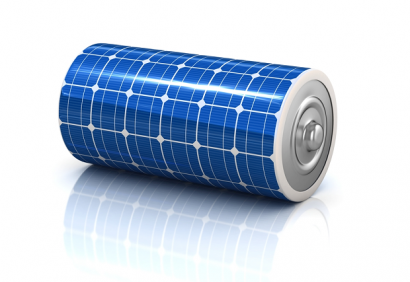Blog: Part 2.3 - Solution to volatility of renewable energy
If you´ve missed part 1, part 2.1 or part 2.2 please follow the links.
Challenge 3: Renewable energy volatility
Fossil fuel companies are not the only actors in the energy Industry suffering due to the raise of renewable energy. The volatility of sources such as wind or solar are representing a growing challenge for the electricity grid. This is one of the main reasons why even the most ambitious environmental plans tend to aim to achieve very moderate shares of renewable energy of around 30%.
How is it then possible that countries like Denmark frequently run 100% on renewable energy? Denmark has a huge installed wind capacity; this means that in windy days they can produce more energy than the country needs. They have a very fast supply sharing scheme with their neighbouring countries so they supply to them all the excess. This works very well in combination with countries like Norway that have large deposits of hydroelectric power that is very fast and flexible. Unfortunately, this is not a globally scalable solution because eventually one country must take care of the slack.
What if we could find a way for the electricity grid to pick up electricity on demand as if it was in an ´energy supermarket´? In this scenario, taking on account the fuel for renewable energy is free, renewable energy would potentially be the cheapest form of energy. In this scenario business certainty, would be much higher, making access to financing easier and cheaper for renewable energy projects than any other form of energy. Energy storage can make this scenario a reality.
This is the silent revolution that Energy Storage has started. In 10 years, it will provide most of the frequency regulation and fast response services, in 20 years it will have changed the way our electricity grid works.

